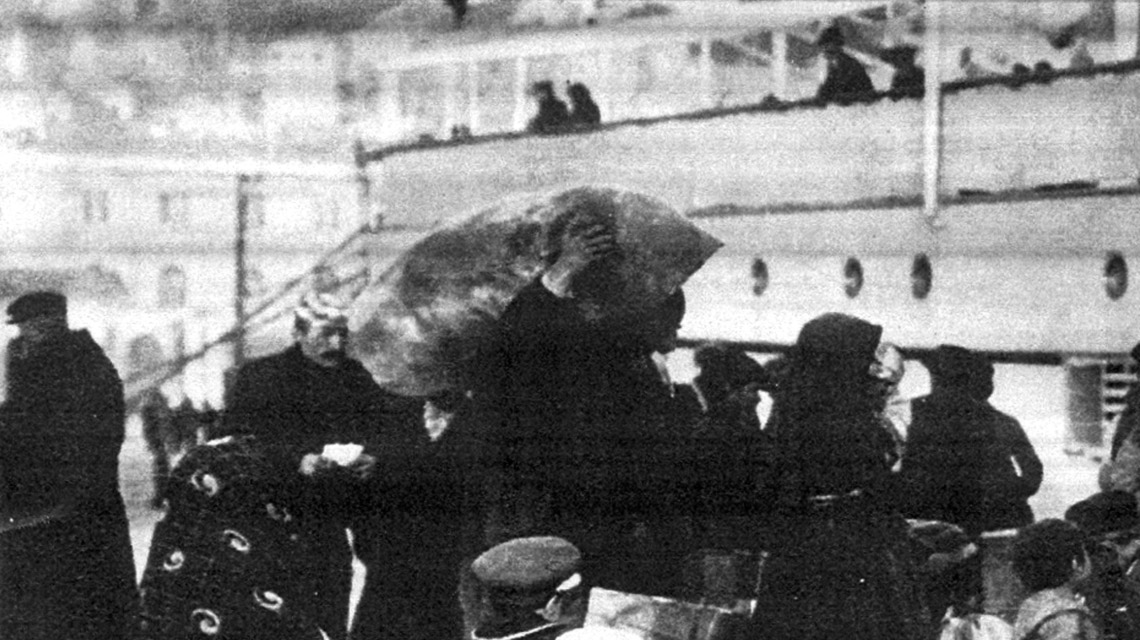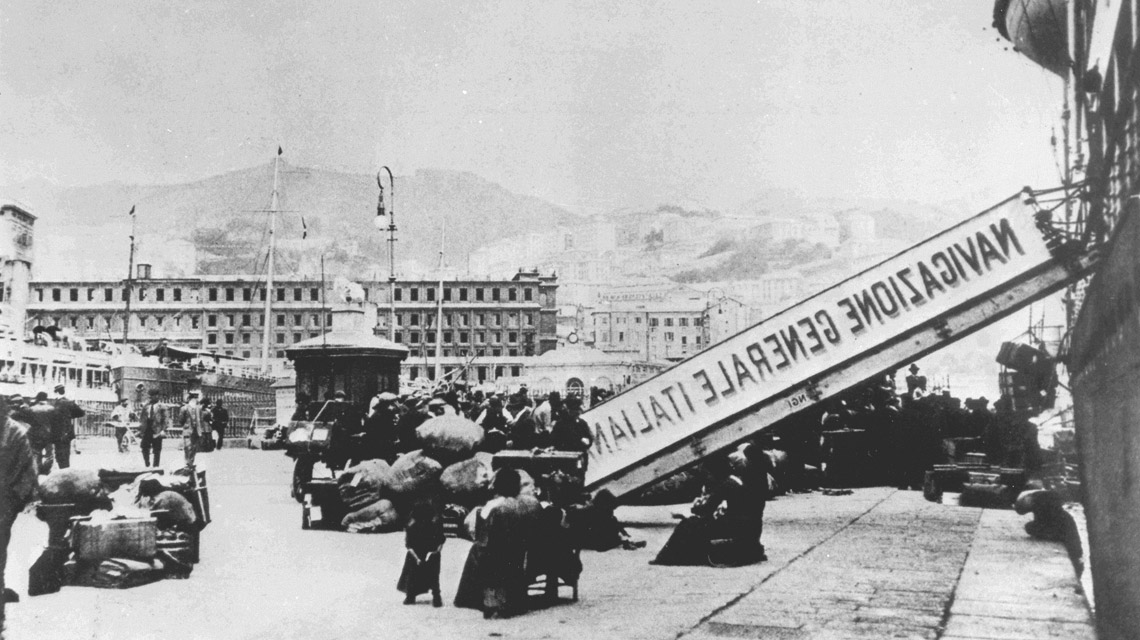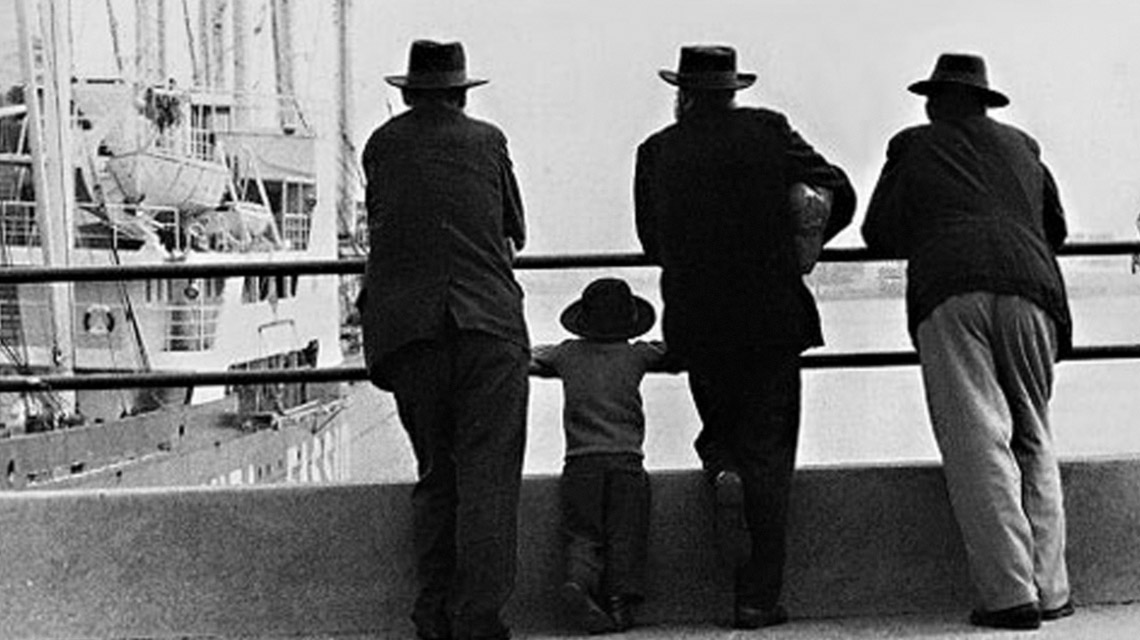The Bulletin of the Autonomous Consortium of the Port of Genoa is a collection of all the events that took place in the Port, from the docks to Palazzo San Giorgio.
The Bulletins dedicated to the period between 1906 and 1935 include the data on emigration to the Americas.
In the 1920s, passenger traffic was clearly distinguished from emigrant traffic. The number of emigrants is, in fact, much higher than the first category: just think that in 1926 with about 5,000 passengers, there were 12,000 emigrants, most of whom, almost 8,000, headed for Argentina. In addition to Argentina, the favourite destinations for emigrants who left from Genoa were Brazil, with about 2,000 arrivals, the United States, chosen by about 1,600 people, then Central America and Australia.
In 1929 the trend reversed and the number of passengers in fact began to increase while that of emigrants decreased. In the same year, the destination preferences also changed: no longer the Americas, as a few years earlier, but Australia.
The Bulletins are not, however, only a cold collection of data but magnificent descriptions of the ships of the time are also preserved in them. As more and more people needed to travel, shipping companies launched larger and larger ships on the market, until arriving at the transatlantic liners. Thanks to the Bulletins of the Autonomous Consortium of the Port, the beauty of these ships, the testimony of their speed and the wide variety of destinations has come down to the present day.
In a climate of such ferment, the Port of Genoa is one of the most important ports in the world and its importance is constantly increasing. The number of passengers who choose Genoa as their starting point is increasing, and the Port is forced to rethink the spaces dedicated to them. Among other things, it was necessary to have a structure capable of managing the arrivals traffic. This saw the building, one after the other, of the Maritime Station between 1930 and 1931, and its branch at Ponte Doria, intended to receive and direct passengers arriving from the very new transatlantic liners.
It is precisely during these years that Navigazione Generale Italiana, one of the three shipping companies chosen by the Ministry of Foreign Affairs to build transatlantic liners (the other two were Cosulich and Transp. Maritimes), decided to commission Ansaldo to build the transatlantic liner Roma which, with its 33 thousand tonnes of tonnage and space for 2,100 people, was to be the emblem of the first giant ship (just think that, in terms of size and grandeur, it was even compared to St. Peter's Basilica and the Colosseum).













